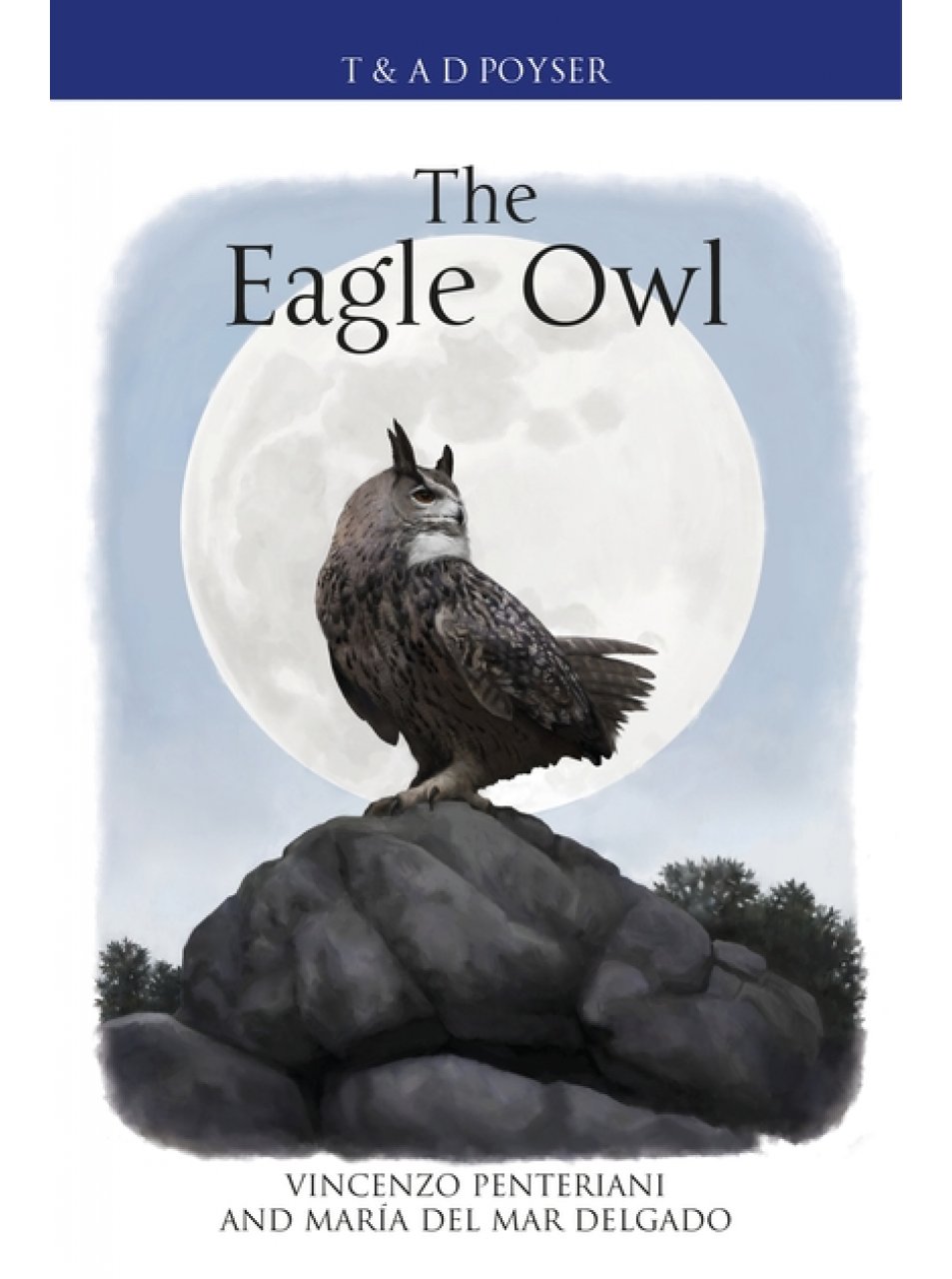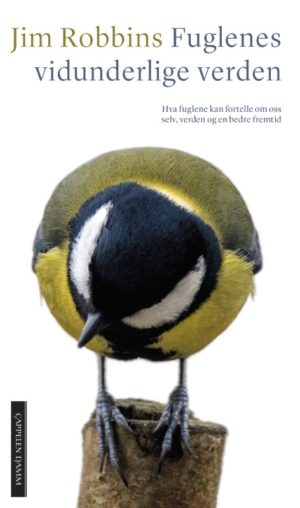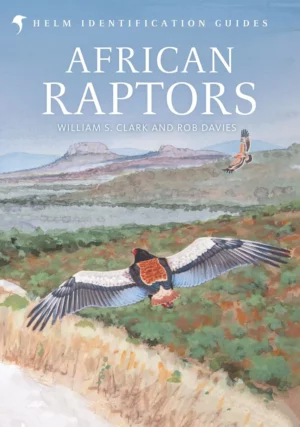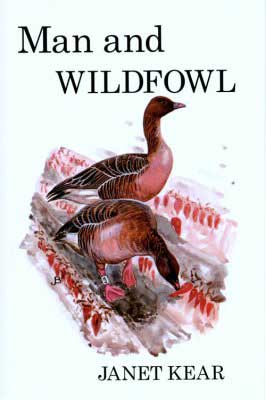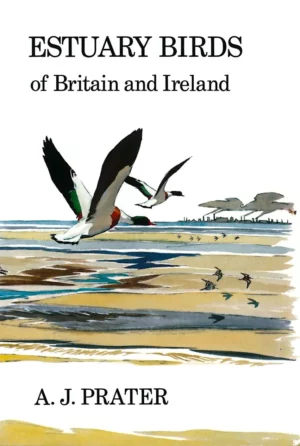Forlagets info
The Eagle Owl is one of the biggest owls in the world and is considered the most eclectic in terms of habitat, nest site and diet. An undisputed top predator, it can prey on a range of mammals up to the size of foxes, and almost every species of bird, reptile, amphibian and fish, as well as a large spectrum of invertebrates. Surprisingly, it can also breed almost anywhere, laying its eggs on a variety of natural and artificial structures over an array of altitudes. Yet, despite being so adaptable, it is still a vulnerable species and has suffered widely from persecution as well as other threats including electrocution on power lines, decreasing prey availability, the effects of pesticides and pollutants, and habitat alteration.
Vincenzo Penteriani and María del Mar Delgado have studied this fascinating bird extensively across its vast Eurasian range. In this book, they detail its remarkable ecology: distribution, breeding behaviour, foraging ecology, interspecific interactions, dispersal and conservation issues are all addressed, while the final two chapters provide a remarkable insight into vocal and visual communication. Scientists have long believed that owls and other crepuscular and nocturnal birds forgo the visual signals found in other avian species, but research on the Eagle Owl has indicated otherwise.
